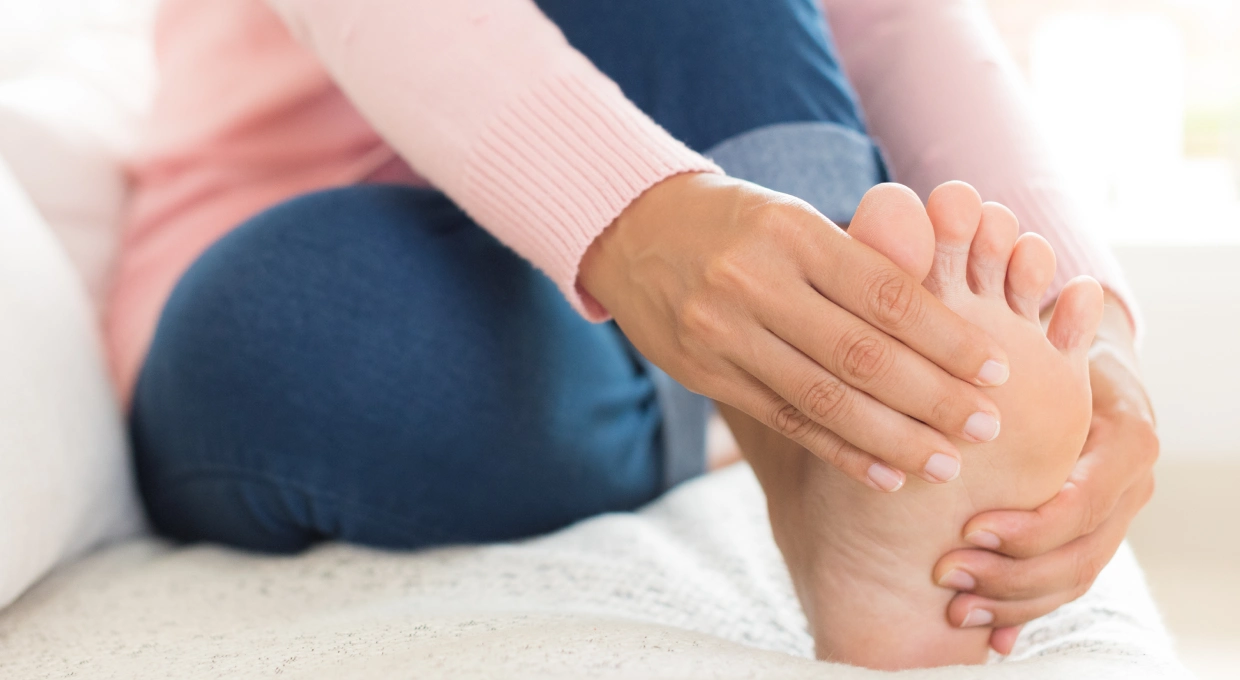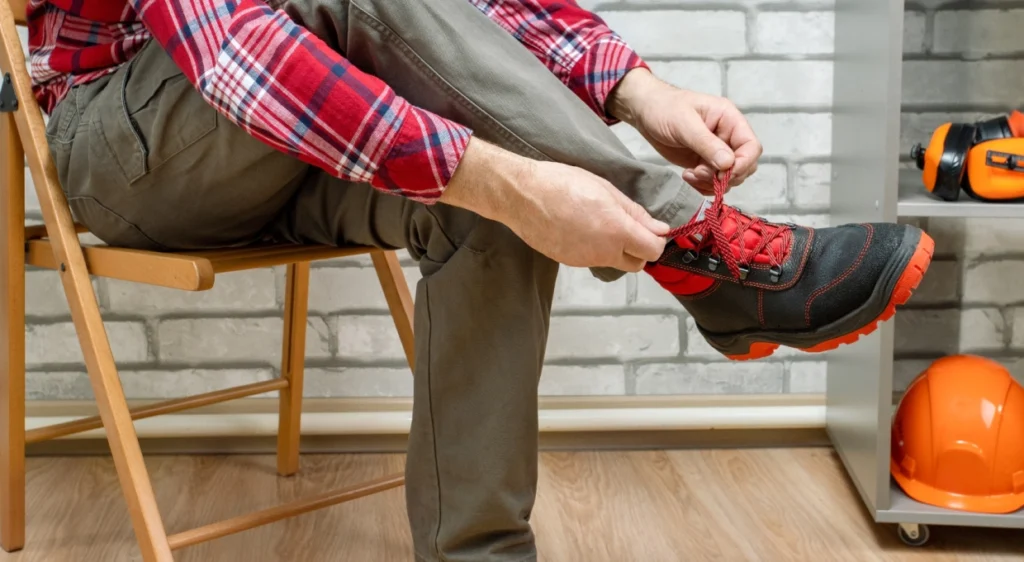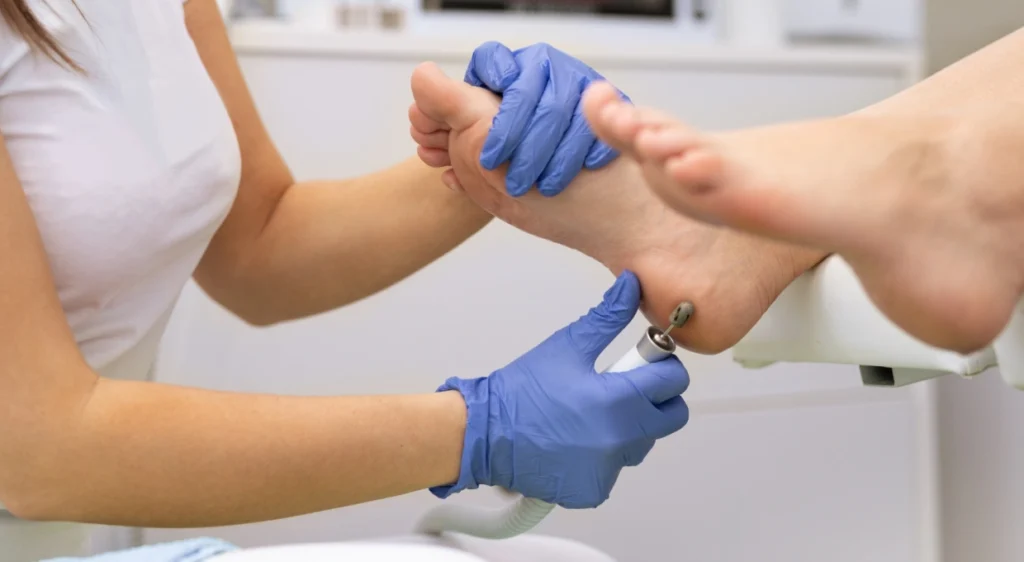The feet support our body day after day, but we rarely give them the medical attention they deserve. Many podiatric problems are aggravated by a lack of early diagnosis. In this article, you will learn how to identify the most common signs that indicate when you need medical attention for your feet and how to act in time.
Importance of foot care in overall health
Foot health directly impacts mobility, postural balance and quality of life. Ignoring signs such as pain, deformities or infections can lead to complications such as ulcers, circulatory problems or osteoarthritis. Early attention by a podiatrist reduces the risk of functional disability.
Warning signs: when to go to the podiatrist?
Many people do not know when it is the right time to see a specialist. However, there are clinical signs and symptoms that clearly indicate the need for medical attention for the feet. Below, we explain the main ones:
1. Constant pain in the heel or sole
If you experience persistent discomfort when you put your foot down, especially when you get up in the morning, you may be suffering from plantar fasciitis. This inflammation of the connective tissue of the foot can be caused by being overweight, poor footing or improper footwear. If not treated correctly, it can lead to a heel spur, a painful calcification in the heel. Treatments range from physical therapy and stretching exercises to custom insoles designed after a biomechanical study.
2. Appearance of bunions or claw toes
Bunions (hallux valgus) are deviations of the big toe that can affect gait mechanics. Along with digital deformities such as hammertoes or claw toes, they generate pressure points, pain when walking and difficulty in getting into shoes. The podiatrist may recommend silicone orthoses, footwear modifications or, in advanced cases, consider surgery. Early detection helps to slow their progression.
3. Thickened, yellow or ingrown toenails
Nail disorders are very common and may be due to traumatic, infectious (fungal) or mechanical (improper cutting) causes. An ingrown toenail can cause local infection, redness and inflammation. Onychomycosis is a fungal infection that changes the color, thickness and texture of the nail. Treatment will depend on the diagnosis, which includes microbiological culture, and may be topical, oral or a combination of both.
4. Calluses or abnormal hardnesses
Hyperkeratosis is generated as the body’s response to excessive friction or pressure. When they appear in very localized or painful areas, they can indicate a problem in the footprint, such as metatarsal overload. The podiatrist not only removes the callus professionally, but also evaluates its origin through a gait study, and may indicate the use of custom-made plantar supports.
5. Cracked skin on the heels
Cracks or fissures in the heels are common in people who walk barefoot, have dry skin or are overweight. If they are deep, they may cause pain, bleeding or infection. In consultation, a controlled delamination of the keratinized skin can be applied and keratolytic or moisturizing creams with urea can be recommended. Medical attention for the feet in these cases is key to prevent complications.
6. Burning sensation or numbness
Tingling, burning or loss of sensation in the feet may be due to neurological pathologies such as peripheral neuropathy, which is very common in patients with diabetes. These symptoms may also be related to nerve entrapment or vitamin deficiencies. A trained podiatrist can detect clinical warning signs and refer, if necessary, to a neurologist or vascular specialist for further diagnosis.
7. Frequent fungus between the fingers
Tinea pedis, also known as athlete’s foot, is a fungal infection common in people who sweat a lot or frequent public locker rooms. It causes itching, redness and scaling between the toes. It is important not to self-medicate and to see a podiatrist to receive the appropriate antifungal treatment. In addition, preventive measures such as meticulous drying of the feet and the use of ventilated footwear should be adopted.
8. Lameness or gait disturbance
An irregular gait may be caused by leg length discrepancies, postural alterations or muscle injuries. It is especially relevant in children and the elderly. Through a biomechanical study, the podiatrist can detect if there is any type of structural dysfunction or compensation, and design a treatment plan that may include insoles, specific exercises or gait re-education.
9. Cold or bluish feet
Decreased temperature or color changes (bluish or whitish) in the feet may indicate circulatory problems, such as peripheral arterial disease. These manifestations are frequent in smokers, diabetics or people with a history of vascular pathology. The podiatrist can perform noninvasive tests, such as the ankle-brachial index, and refer to an angiologist if necessary. Prompt medical attention prevents serious situations such as necrosis or amputation.
10. Non-healing wounds
Diabetic foot ulcers represent one of the most serious complications, especially if combined with neuropathy and poor circulation. A small wound can easily become infected and develop into a deep lesion. Periodic check-ups in the office allow us to detect pressure areas, apply relief measures and establish appropriate healing protocols. Patient education is essential to avoid the appearance of new lesions.
How often should I check my feet?
Even if you have no symptoms, it is advisable to visit the podiatrist at least once a year. In patients with risk factors such as diabetes, obesity or regular sports practice, it is advisable every 6 months.
Benefits of seeing a podiatrist for preventative foot care beforehand
- Avoid injuries and overloads in feet, ankles and knees.
- Correct the footprint by means of orthopedic insoles.
- Detect infections, mycosis or circulatory problems early.
- Personalized advice on hygiene, footwear and physical activity.
If you are interested in further information, you can also consult:
Conclusion
Foot health care is key to preserving your mobility and well-being. If you have any of the symptoms mentioned above, do not let it pass you by. At Clínica San Román we have advanced technology and an expert team in podiatric health.
Make your appointment today and take the first step towards healthier feet and a pain-free life.




